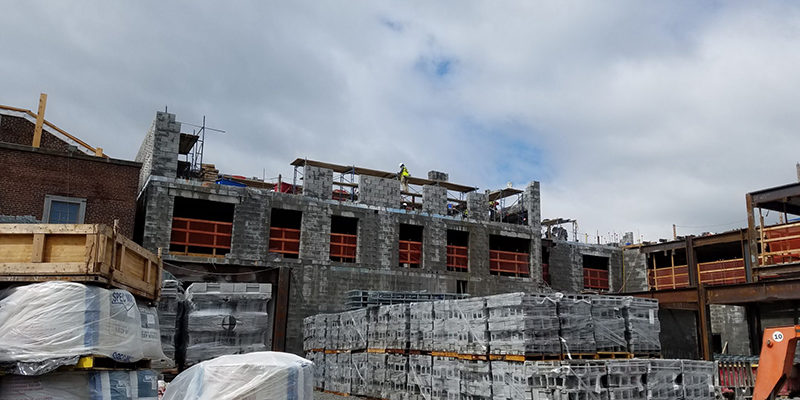From the outside looking in, improving safety seems like an obvious trend in the construction industry. And it is – sort of. Improving safety culture on a project site – and across the larger industry – requires everyone to buy-in; Too often policies implemented by corporate offices are seen as beneficial to the company but not by the boots on the ground. Employees need to feel that the policies in place are there to truly empower and protect them, and as technology and tools on jobsites continue to change and advance, the way safety gets promoted throughout an organization needs to change as well.
Given this, how do we go about changing safety culture in construction and get a traditionally stubborn industry to adopt the latest safety technologies? By involving all parties and creating a system that benefits everyone starting with the following:
- Effective, Regular Communication
To improve safety culture on a jobsite hold weekly or monthly safety meetings. Increase worker buy-in by allowing them to alternatively lead the conversation and discuss the risks they’re facing that they are most concerned about. If there’s a near-miss event, talk to your employees and find out why they took certain risks and steps that can be taken to make safer choices moving forward. - Leading-Edge Training
Training employees on industry standards and best practices allows your employees to identify potentially unsafe situations and make the right choices when on site. Educating your employees on the latest safety tools and best practices helps your employees feel your commitment to their safety – after all, safety results from what managers say and what workers see and hear on the jobsite. In general, when an employee feels their employer has their best interest at heart, prioritizing safety over production, he or she will make safer choices on-site without fear of consequences. - Reporting and Measurement
Keeping detailed, digital safety records is possibly the most important aspect of improving safety performance. After all, if you can’t measure safety challenges (or success), you can’t manage them (or double-down on promising initiatives). To truly understand how a jobsite operates and why it is safe or unsafe, we need to collect and review data. In addition, data can help identify unsafe behaviors and provide safety personnel with an opportunity to coach better practices.
This is where Triax’s Spot-r system comes in. Spot-r’s safety system provides unprecedented visibility into a jobsite, allowing employers to know what is going on during the project. The non-GPS system provides real- time location services and fall detection, so project safety teams have increased visibility into safety violations and incidents on site.
Most importantly, it provides end users the ability to take safety on the job-site into their own hands. If a positive safety culture is in place, you are more likely to have employees report unsafe activities or hazards, which is essential to combatting complacency and keeping channels of communication open. By working together and prioritizing on-going communication as well as the latest safety training and tools, we can make the construction industry a safer, stronger place to work.
Jake Tuck is a National Account Manager at Triax Technologies covering the mid-Atlantic and parts of the Midwest. Send him an email here.

